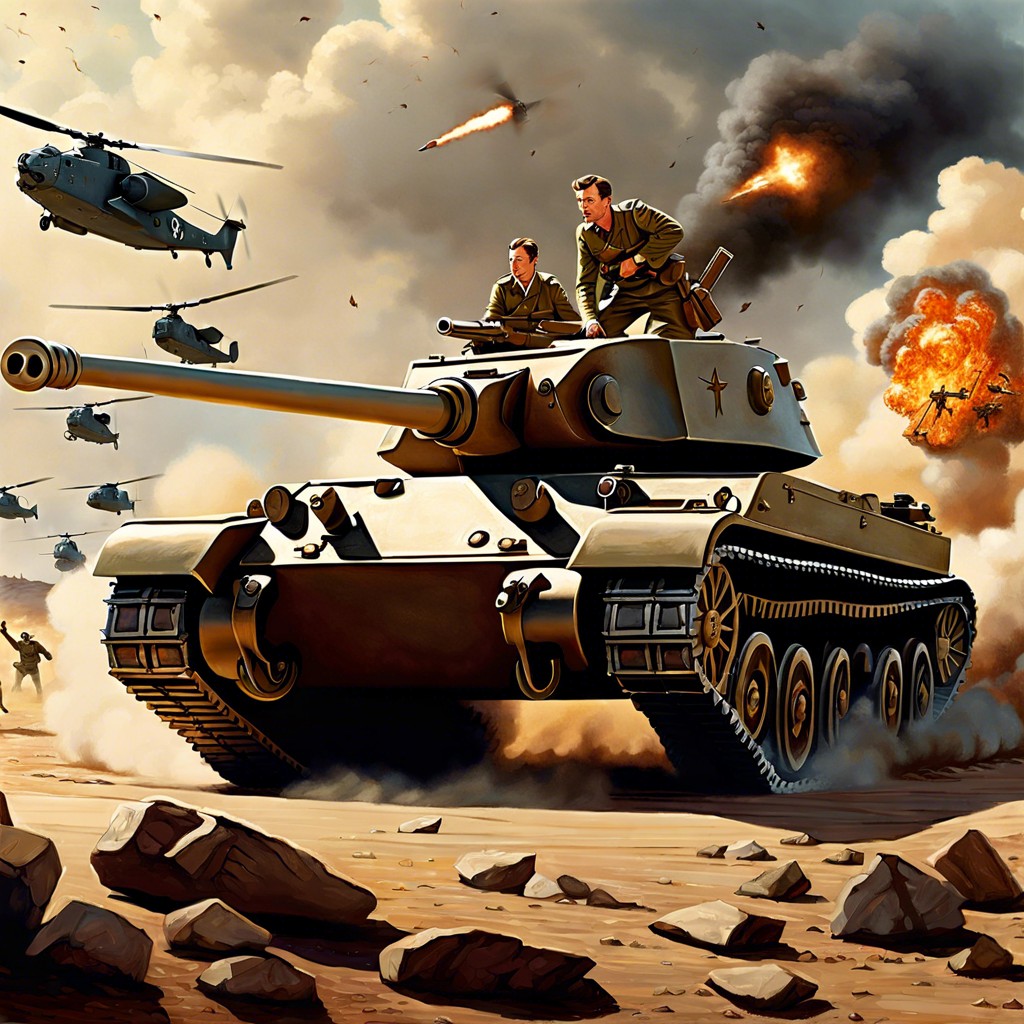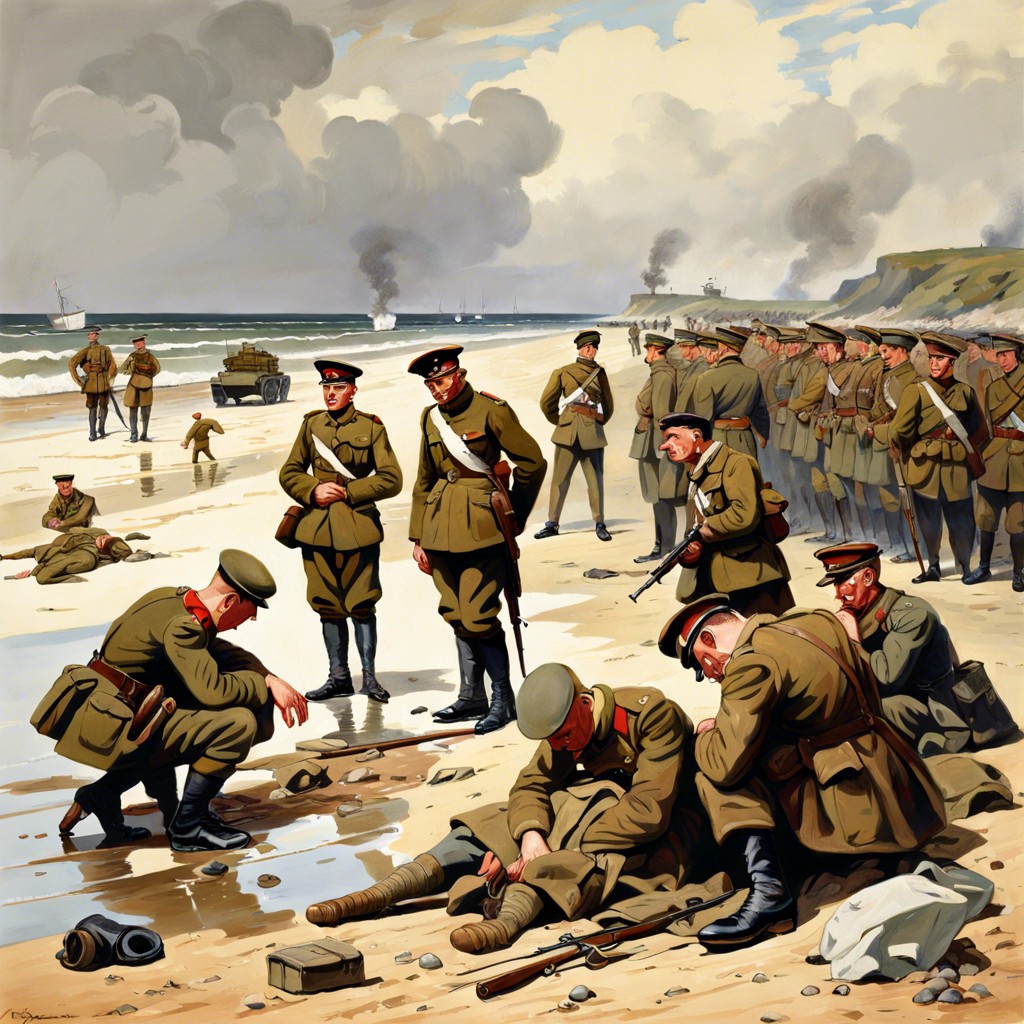Imagine an ancient Rome buzzing with factories, steam engines, and the hum of progress; this article will show you how Rome could have changed if it had industrialized.
Imagine a world where Rome, with its gladiators and togas, skipped straight to steam engines and factories! What if the Roman Empire had an industrial revolution? Buckle up, because this article dives into the wild impact on everything from society and economy to military might and massive urban skylines. Plus, get ready for some surprising twists in culture and philosophy. Let’s journey through this alternate history where Rome trades chariots for locomotives!
Key takeaways:
- Roman society evolves with industrialization, sparking economic growth and societal shifts.
- Military strength surges with mechanized weaponry and advanced logistics.
- Urbanization transforms Rome with skyscrapers, modern infrastructure, and improved public amenities.
- Cultural and philosophical changes emerge, blending practical innovations with traditional values.
- Education, arts, and religion adapt to an industrialized Rome, shaping new perspectives and dialogues.
Technological Advancements and Innovations

Imagine Roman engineers fiddling with steam engines rather than aqueducts. Wild, right? The ancient world would’ve seen a dramatic shift, trading horse-drawn chariots for early trains puffing along stone tracks. And those iconic Roman roads? Think highways designed for iron monstrosities belching smoke.
Craftsmanship would take a leap too. Imagine blacksmiths tinkering with intricate machinery, rather than just hammering swords and shields. Factories churning out goods would’ve sprung up, creating items faster than a toga takes to wrinkle.
Lastly, agriculture would have been revolutionized. Instead of relying on slave labor to till the fields, mechanized plows would rumble through lush Roman vineyards, turning agriculture into an industrial affair. Who needs peasants when you have machines, right?
Impact On Roman Society and Economy
Picture Rome’s economy on a caffeine high. The bustling marketplaces would morph into thriving industrial hubs. Skilled artisans wouldn’t be the only rockstars anymore; factory workers would share the limelight. Imagine a Roman assembly line churning out togas faster than you could say “Veni, vidi, vici.”
Money would flow faster than the Tiber. Trade? It would be on steroids. With mass production, Rome’s trading fleets would be the Amazon Prime of the ancient world. Supply and demand dances would become grander, more intricate.
Socially, the stratification would see a twist. Wealth would redistribute (okay, maybe trickle) to a burgeoning middle class of industrialists and workers. Think more homeowners and fewer cramped insulae.
Women’s roles might revolutionize too—hands off the loom and into the factories. Their increased financial contribution could stir the gender dynamics pot.
Cities wouldn’t just grow; they’d explode. Multistory building? Standard. Crowded streets? Bustling with peddlers and messengers zipping like caffeinated squirrels. All that hustle and bustle? Pure, unadulterated economic adrenaline.
Military Prowess and Expansion
Imagine a Roman legion equipped not just with swords and shields but steam-powered chariots and mechanized siege equipment. The sheer intimidation factor would have been enough to send shivers down the spines of their adversaries.
An industrialized Rome would likely harness its newfound mechanical prowess to dominate even more territories. Think of conveyor belts producing weapons at a rate unheard of in classical antiquity. The logistics of moving troops and supplies would be revolutionized, thanks to early railways and steamships.
Warfare strategies would evolve too. Picture Caesar not just crossing the Rubicon but doing so with ironclad warships. Tactics would shift from manpower-heavy to machine-reliant, revolutionizing battlefield dynamics.
In this new era, staying home safe wouldn’t be a thing. City walls, the pride of many ancient towns, would crumble under powerful mechanical artillery. Distances within Rome’s grasp would shrink, expanding the empire’s borders dramatically.
Imagine the armory buzzing like a steampunk dream—or nightmare, depending on which side of the Roman legion you found yourself. Yes, victory would no longer hinge on just bravery but on the might of Roman engineering.
Urbanization and Infrastructure
Imagine Rome with skyscrapers instead of simple domus! The bustling heart of the empire, roads paved not with stones but with steel rails for electric trams. Epic, right?
- Public transportation would revolutionize Roman life. With trains and buses, commuting from the provinces to the city would be a breeze. Ever tried navigating ancient Roman traffic jams? Good luck with that.
- Skyscrapers could save space and increase living areas. No more sprawling villas taking up half the city. Picture Julius Caesar lounging on the 20th floor with a view.
- Sewage systems would get a major upgrade. Imagine cleaner streets with underground waste management. The Tiber River might finally lose its fragrant reputation.
- With industrialization, housing for all – less disparity in living standards. Goodbye, insulae slums, hello ten-story apartment complexes.
- Public amenities like libraries, baths, and theaters could be more widespread and grander. Think of massive coliseum-like entertainment venues with high-tech lighting and sound systems.
Rome was already a marvel of engineering. Industrialization would have just supercharged it.
Cultural and Philosophical Shifts
Imagine Cicero debating the pros and cons of steam engines. The industrialization of Rome would have catalyzed transformations in cultural viewpoints and philosophical discourses. Here’s what might have popped off:
First, the intellectual elite, known for their passion for rhetoric, would shift from abstract musings to practical innovations. The stoics might argue for the ethical use of newfound power, while the Epicureans could advocate for industrial leisure.
The arts wouldn’t be left behind. The Colosseum would become a stage for showcasing mechanical marvels, not just gladiatorial combat. Picture metal automata performing ballets, a cultural fusion of artistry and technology.
Education would get a turbo boost. Schools, once steeped in classical teachings, would evolve to include engineering and mechanics. Aristotle revised with a dash of Archimedes, anyone?
Religious practices might even see a shake-up. Gods of industry and metallurgy could emerge, as Romans look toward divine guidance for mastering machinery. Apollo, please bless this steam-powered chariot!
Those philosophical shifts would brew social dialogues, nudging societal norms and values. Rome would become a melting pot of debates on progress, ethics, and the essence of human ingenuity.
There you have it – Rome, the thinker, reimagined as Rome, the tinkerer.




